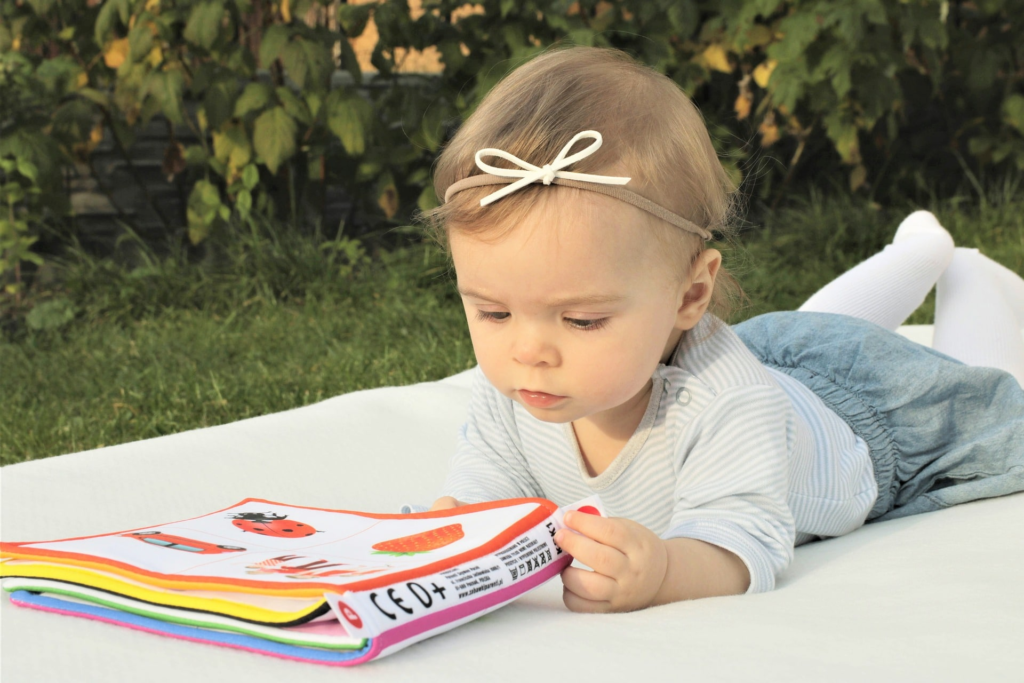So, you want to teach your child to read, but before a child can learn to read, he or she must first learn at least some of the letters in the alphabet, their names, and the sounds that they represent. To be able to read, a child must be able to recognize the letters, know the sound of the letters, and be able to recognize the letters quickly and say the sound without hesitation. There is plenty of discussion and disagreement on whether it’s better to teach children using whole language programs or using methods which incorporate phonics and phonemic awareness instructions. I think the debate on this is settled when the National Reading Panel stated from their findings of reviewing over 1,900 studies that phonics and phonemic awareness produces superior reading results than whole language programs.
There is also some debate on whether to teach your child only letter names, or only the sounds which the letters represent. However, studies have also settled this debate by finding that teaching a child alphabet names and sounds together produces the best results. In fact, studies have found that there is little value in teaching preschoolers letter forms or letter sounds separately. This was indicated by an Australian study involving 76 preschool children. The children received 6 weeks of training in either letter awareness, phonemic awareness, or control tasks, and then received another 6 weeks of training in either letter-sound correspondence or control tasks. The study found that training in either phoneme or letter awareness assisted with learning of letter-sound correspondences, and that the phonemically trained children group had an advantage on recognition tasks. The study found that there is little value in training in letter form or letter sounds separately. [1]
As you can see, there is basically no point in only teaching either the names of the alphabet letters, or the sounds the letters make. A child must learn the name and the sound of the alphabet letter. When teaching your child the alphabet, instead of simply teaching them the name of the alphabet such as “this is the letter A”, teach them like so:
“This is the letter A, and the letter A makes the /A/ sound.” (note: the /A/ denote the sound “A” makes, and not its name). Similarly, you can teach your child the other alphabet letters in this way including both name and sound of the letter. This is the way I teach my children the alphabet letters. Other studies have also determined that teaching the letter names and sounds together helped children learn.
58 preschool children were randomly assigned to receive instructions in letter names and sounds, letter sound only, or numbers (control group). The results of this study are consistent with past research results in that it found children receiving letter name and sound instruction were most likely to learn the sounds of letters whose names included cues to their sounds. [2]
To be able to effectively teach your children the sounds of letters, you must first master the proper pronunciation of the letters yourself. It is critical for you as a parent to be able to first say the sounds of the letters correctly before teaching your children, and this is much tougher than it may seem.
Notes:
1. J Exp Child Psychol. 2009 Sep;104(1):68-88. Epub 2009 Mar 5.
The genesis of reading ability: what helps children learn letter-sound correspondences?
Castles A, Coltheart M, Wilson K, Valpied J, Wedgwood J.
Macquarie Centre for Cognitive Science, Macquarie University, Sydney, NSW 2109, Australia.
2. J Exp Child Psychol. 2010 Apr;105(4):324-44. Epub 2010 Jan 25.
Learning letter names and sounds: effects of instruction, letter type, and phonological processing skill.
Piasta SB, Wagner RK.
Preschool Language and Literacy Lab, The Ohio State University, Columbus, OH 43210, USA.

